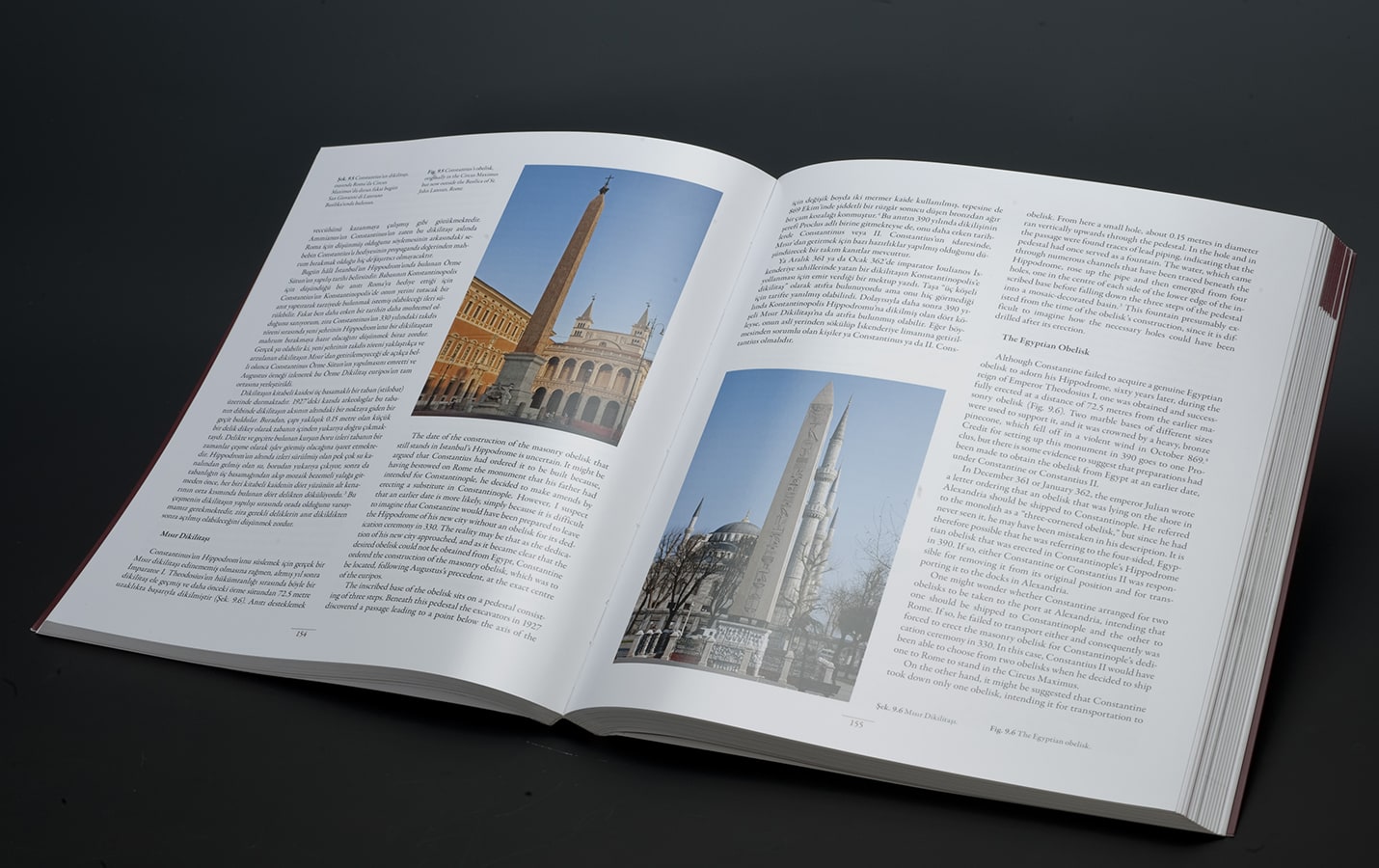February 16 - April 18, 2010
The Hippodrome was the largest and one of the most significant buildings in Byzantine Constantinople. Located in the heart of the city beside the Great Palace, it was not only an arena for chariot races -the most exciting and popular spectator sport from the 4th to the 7th century- but also a place where emperors were created, military victories celebrated, and rulers collectively acclaimed by the people. Atmeydanı, on the other hand, became one of the most important and lively public spaces of Ottoman İstanbul. “The Hippodrome/Atmeydanı: A Stage For İstanbul’s History” exhibition examined this very special and colorful square of the city, which has also hosted a variety of consequential incidents during the foundation of the Republic, through artefacts, architectural drawings, photographs and daily life objects, and took the İstanbulites on a tour of their city’s different recollection spanning from the 4th to the 20th century.
Exhibition Catalogue

The Hippodrome was the largest and one of the most significant buildings in Byzantine Constantinople. Located in the heart of the city beside the Great Palace, it was not only an arena for chariot...

Istanbul’s Seaside Leisure: Nostalgia from Sea Baths to Beaches exhibition brought together photographs, magazines, comics, objects, and books from various private and institutional collections, and told a nostalgic story while also addressing the change and socialization of the norms of how Istanbulites used their free time. Istanbul’s Seaside Leisure was a documentary testament of the radical transformations in the Republic’s lifestyle.

Inspired by the exhibition And Now the Good News, which focusing on the relationship between mass media and art, we prepared horoscope readings based on the chapters of the exhibition. Using the popular astrological language inspired by the effects of the movements of celestial bodies on people, these readings with references to the works in the exhibition make fictional future predictions inspired by the horoscope columns that we read in the newspapers with the desire to receive good news about our day.
Tuesday - Saturday 10:00 - 19:00
Friday 10:00 - 22:00
Sunday 12:00 - 18:00
The museum is closed on Mondays.
On Wednesdays, the students can
visit the museum free of admission.
Full ticket: 300 TL
Discounted: 150 TL
Groups: 200 TL (minimum 10 people)